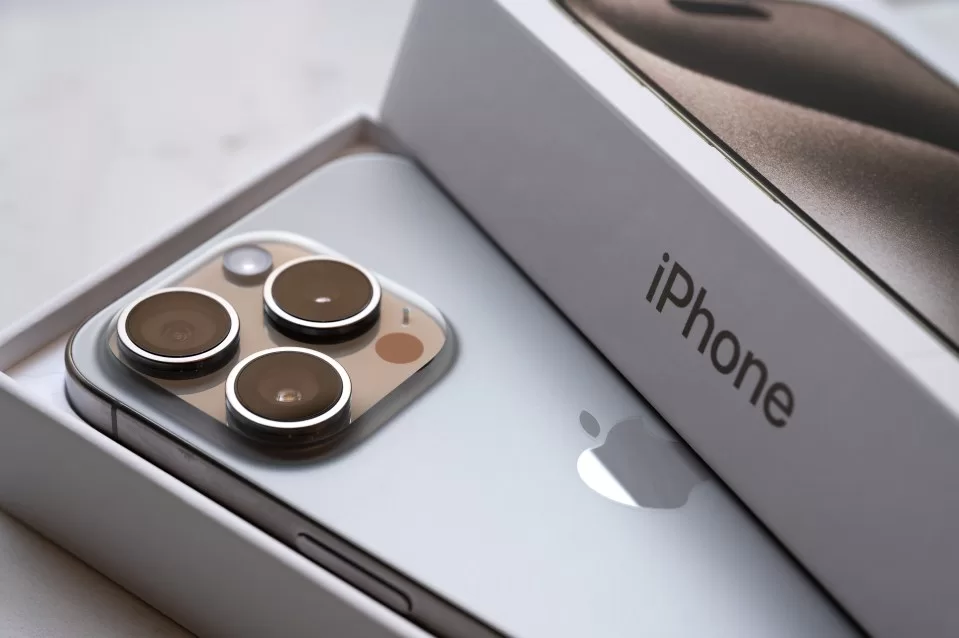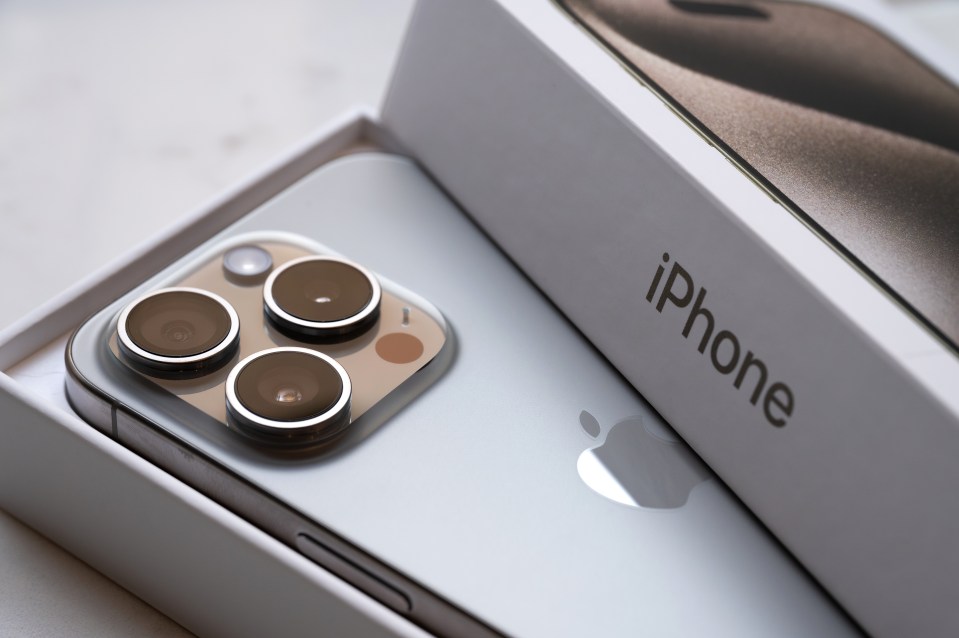APPLE users have been warned of a crucial security feature to stop their iPhones from being stolen amid rising mobile theft in the UK.
More than 200 smartphones are swiped out of the hands of innocent passersby every day, new figures revealed earlier this week.
But a little-known built-in feature can help protect your iPhone against theft.
And setting up the feature takes less than a minute, following three easy steps.
Tech expert Luis De Los Santos from Back Market has urged users to turn on the iPhone’s built-in Stolen Device Protection.
According to the expert, This will help safeguard their personal information and increase the chances of recovering their device.
A Security Delay feature is triggered when your phone is stolen and Stolen Device Protection is activated.
This added security measure requires two successful biometric authentications (like Face ID or Touch ID) an hour apart.
This requirement only applies when accessing and making changes to critical settings.
If authentication is unsuccessful, this also blocks attempts to change your passcode or Apple ID password.
To activate Apple’s Stolen Device Protection:
- Go to Settings and select Face ID & Passcode
- Enter your iPhone’s passcode
- Select ‘Stolen Device Protection’ and turn it on
Apple recommends turning this feature off before selling, trading, or gifting your iPhone.
This is because keeping the feature enabled could potentially lock the new user out of the phone or Apple ID settings, causing frustration and complications during the initial setup.
Luis said: “With the increasing frequency of smartphone thefts, it’s essential for users to be aware of the security features available on their devices.
“The Stolen Device Protection feature is a game-changer, offering a robust defence against unauthorised access and aiding in the recovery process.”
With some 78,000 phones stolen each year, mobile thefts in the UK have been on the rise.
The rate is the highest for over a decade, Home Office statistics reveal, with overall thefts from a person increasing by more than a third.
The figures are damning, and have prompted the Home Office to bring phone companies into the discussion on how to tackle thefts and illegal reselling.
The majority of phones are resold, and end up in night markets in Shenzhen, China, according to an investigation by The Times.
But phones hold data that can be valuable to criminals, from banking information to social media accounts.
While the government works with phone companies to make stolen devices permanently unusable if stolen or lost, there are ways to protect yourself and your device in the meantime.
Bogdan Botezatu, director of threat research and reporting at cybersecurity firm Bitdefender, told The Sun that there are 10 features iPhone and Android owners can enable and disable to make their devices more secure in cases of theft.
How to spot a dodgy app
Detecting a malicious app before you hit the ‘Download’ button is easy when you know the signs.
Follow this eight-point checklist when you’re downloading an app you’re unsure about:
- Check the reviews – be wary of both complaints and uniformly positive reviews by fake accounts.
- Look out for grammar mistakes – legitimate app developers won’t have typos or errors in their app descriptions.
- Check the number of downloads – avoid apps with only several thousand downloads, as it could be fake.
- Research the developer – do they have a good reputation? Or, are totally fake?
- Check the release date – a recent release date paired with a high number of downloads is usually bad news.
- Review the permission agreement – this agreement gives permission for the app to take bits of your data, and fake apps often ask for additional data that is not necessary.
- Check the update frequency – an app that is updated too frequently is usually indicative of security vulnerabilities.
- Check the icon – look closely, and don’t be deceived by distorted, lower-quality versions the icons from legitimate apps.
All of this information will available in both Apple’s App Store and the Google Play Store.

